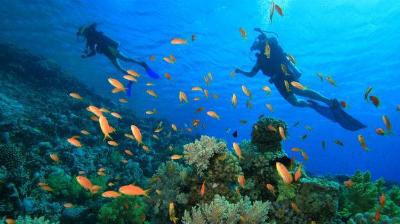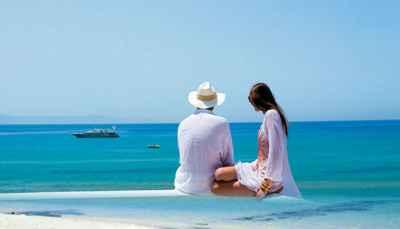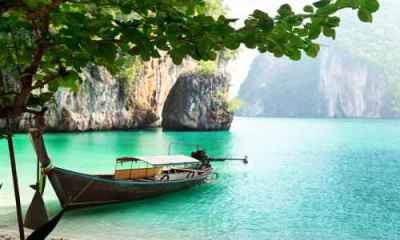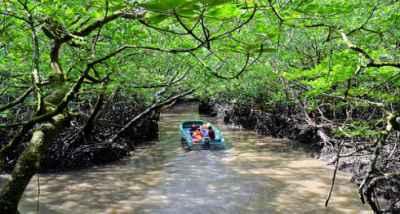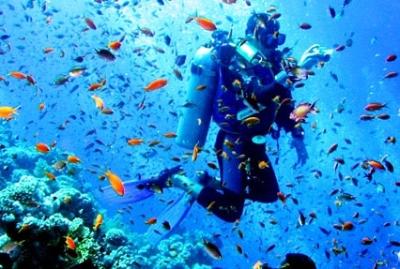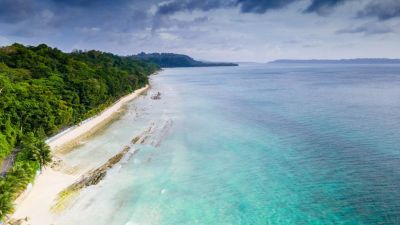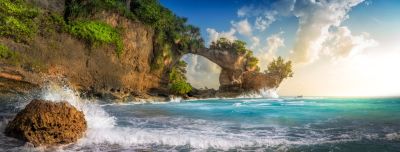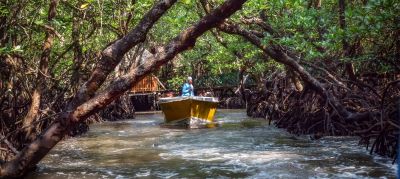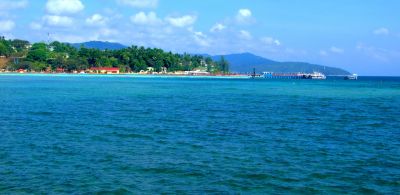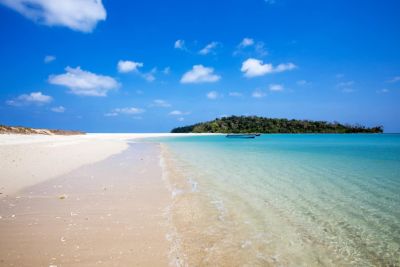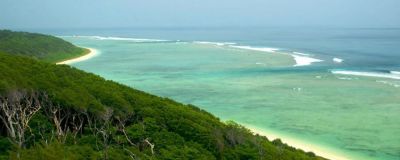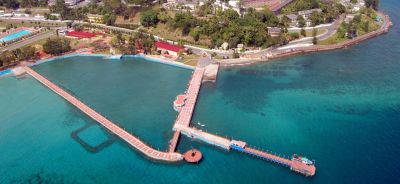Andaman's Indigenous Plants: A Botanical Tour
Andaman's Indigenous Plants: A Botanical Tour
The Andaman Islands, nestled in the Bay of Bengal, are a paradise for nature lovers, boasting rich biodiversity and lush landscapes. One of the most fascinating aspects of the Andaman Islands is its indigenous plants. The islands are home to a myriad of unique and rare plant species, making it a must-visit destination for all botanical enthusiasts. Join us on a virtual tour of Andaman's indigenous plants, as we delve into the beauty and diversity of this botanical wonderland.
1. The Jarawa Reserve - A Tropical Paradise
Our botanical tour begins in the heart of Andaman's biodiversity hotspot, the Jarawa Reserve. Known for its dense rainforests and pristine beauty, this reserve is home to a plethora of indigenous plants. As we embark on our journey, we are greeted by towering trees, including the majestic Andaman Padauk (Pterocarpus dalbergioides) with its vibrant red flowers.
Walking deeper into the reserve, we encounter the unique Andaman Pitcher Plant (Nepenthes andamana), a carnivorous plant known for its pitcher-shaped traps. The reserve also boasts several species of orchids, including the elegant and fragrant Parrot's Beak Orchid (Vanda tessellata).
2. The Saddle Peak National Park - Where Nature Thrives
The next stop on our botanical tour takes us to the Saddle Peak National Park, the highest point in the Andaman Islands. This park is a treasure trove of indigenous plants, showcasing the diverse flora of the region. Here, we come across the iconic Andaman Nicobar Ironwood (Mesua ferrea), recognized for its sturdy timber and beautiful flowers.
As we explore further, we encounter the Andaman Crabwood (Xylocarpus moluccensis), a mangrove tree that survives in saline water. The park is also home to the rare Andaman Myrtle (Barringtonia andamanica), known for its medicinal properties and vibrant pink flowers.
3. Mount Harriet National Park - Where Beauty Knows No Bounds
Our botanical tour wouldn't be complete without a visit to the Mount Harriet National Park, offering breathtaking views and an abundance of indigenous plants. Here, we are captivated by the mesmerizing blooms of the Andaman Coral Tree (Erythrina variegata), with its scarlet flowers attracting a variety of birds and butterflies.
As we traverse the park, we stumble upon the fascinating Andaman Padouk (Adina cordifolia), a deciduous tree that sheds its leaves during the dry season. The park's dense forests are also home to the rare Andaman Rosewood (Dalbergia selavayana), prized for its exquisite timber.
4. The Anthropological Museum's Botanical Garden - A Living Museum
No botanical tour of the Andaman Islands would be complete without a visit to the Anthropological Museum's Botanical Garden. This unique garden provides a curated experience, showcasing a wide variety of indigenous plants in a well-maintained setting.
As we wander through the garden, we encounter the iconic Andaman Padouk, with its distinctive heart-shaped leaves. The garden also boasts the graceful Andaman Wild Banana (Ensete superbum), known for its colorful flowers and edible fruit. Additionally, we find the endemic Andaman Ylang-Ylang (Canaga odorata macrophylla), a fragrant tree used in perfumes and aromatherapy.
Conclusion
The Andaman Islands are a botanical paradise, offering a mesmerizing array of indigenous plants. Exploring the unique ecosystems of the islands provides a once-in-a-lifetime experience for nature enthusiasts. From rainforests to mangroves, the Andaman Islands showcase the sheer beauty and diversity of plants that have adapted to the region's unique climate and environment. So, pack your bags, put on your walking shoes and embark on a botanical journey through the enchanting Andaman Islands.
If you found this article informative and inspiring, please share it with your friends and fellow travelers. Let's spread the word about the Andaman's indigenous plants and promote sustainable ecotourism in this breathtaking destination.
Disclaimer : The information provided in this blog is for general informational purposes only. While we strive to keep the content accurate and updated, TravelSetu assumes no liability for errors or omissions. If you believe any part of this blog infringes your rights or causes concern, please notify us immediately at info[at]travelsetu[dot]com so that appropriate action can be taken.

